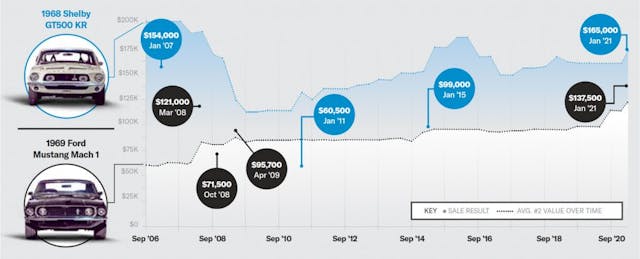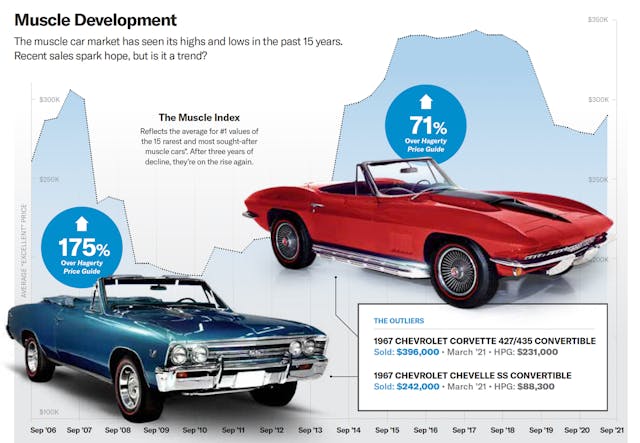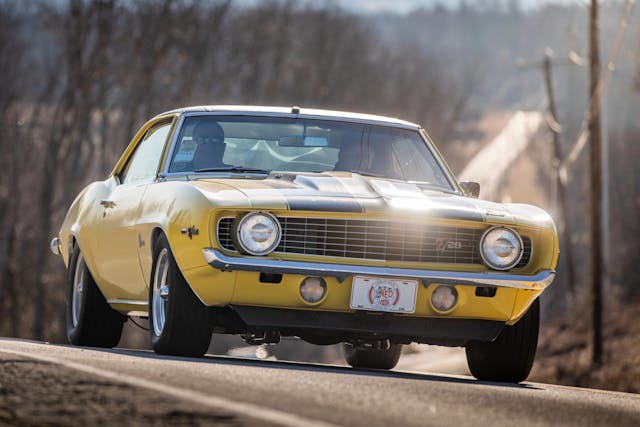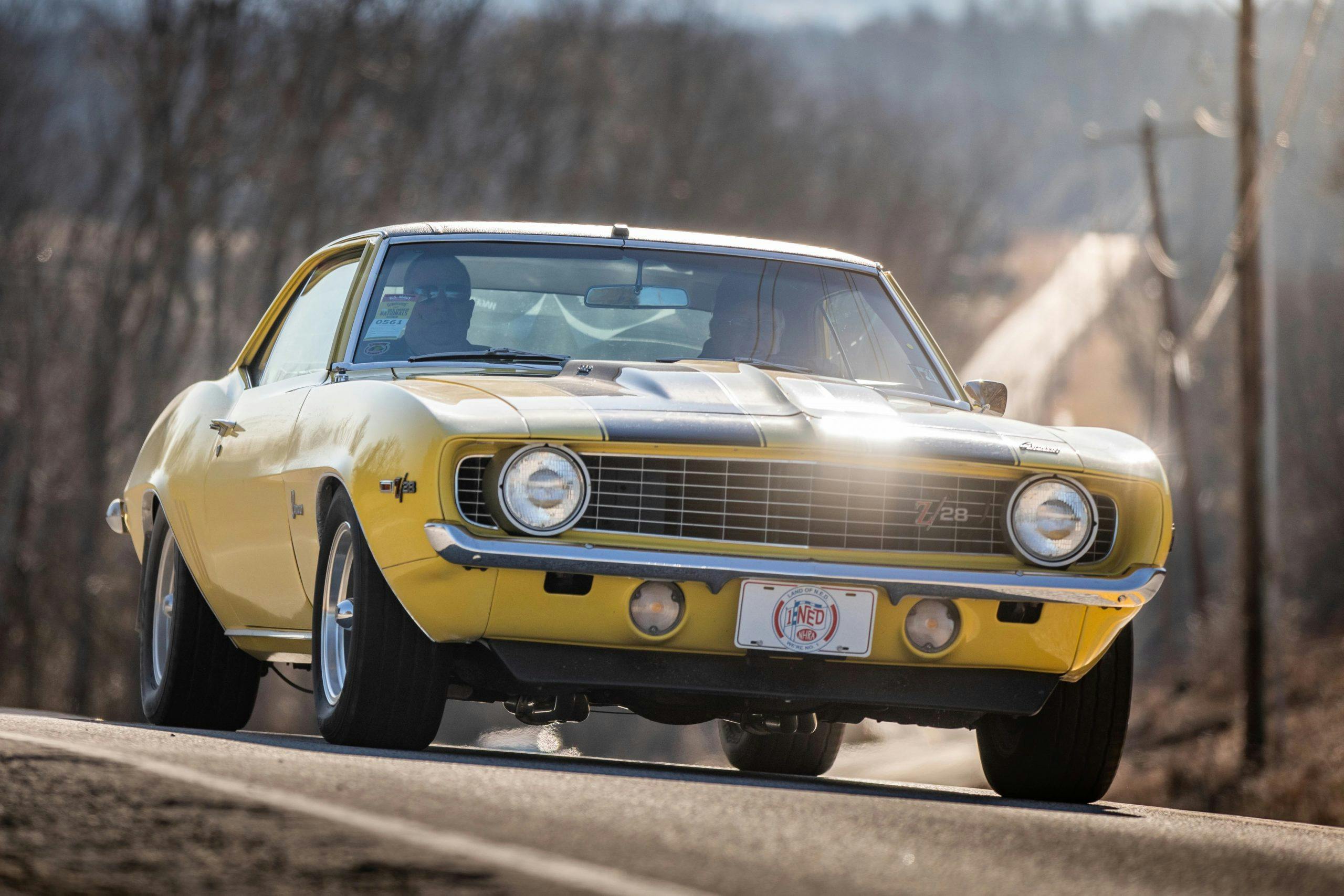Media | Articles
The muscle car market has seen its highs and lows in the past 15 years
In the early 2000s, the rise of muscle car values was headline news. Seemingly overnight, these examples of wretched excess went from being nearly worthless, especially in the eyes of sophisticated collectors, to being the hottest commodity in the market. It was not unlike the great Ferrari boom of the late 1980s, but rather than being fueled by Japanese investors, financial market wizards, and old money, the muscle boom was powered by the nouveau riche, including plenty of construction contractors who’d ridden the new-housing surge across the country.
But then muscle cars proved that they, and their values, were no flash in the pan. They continued to appreciate and gain acceptance in the greater collecting world—no shock to the late Otis Chandler, a collector who saw the importance of low-production muscle cars long before the headlines.
Hemi-powered Mopars led the charge. One sale in particular, a 1971 Hemi Cuda convertible, shocked everyone when it was advertised for a million dollars. More shocking was that it sold quickly and became the inspiration for my 2006 book titled, wait for it, Million-Dollar Muscle Cars. At auctions such as Barrett-Jackson and Mecum, common muscle cars previously valued way south of $100,000 regularly began selling for $250,000-plus. Mega muscle collections were popping up all over, and there appeared to be no end in sight.
Until the financial crisis of 2008, that is, when muscle car values took a big-block hit. To the uninitiated, it was a case of fools and their money. Looking at the course correction analytically, however, as you would a stock market correction, when something appreciates 500–1000 percent and then falls, it isn’t unpredictable. If anything, good muscle cars actually held up pretty well, especially for those owners who kept them and didn’t fall into the trap of lamenting their unrealized gains.

When the dust finally settled in 2011, muscle car prices hit bottom somewhere around 30–40 percent of their peak prices. Like the 1969 Mustang Mach 1 that sold at Barrett-Jackson in March 2008 for $121,000, then sold again at Barrett-Jackson in October 2008 for $71,500. Or the 1968 Shelby GT500 KR that sold for $154,000 in January 2007 at Barrett-Jackson, then sold for $60,500 in January 2011 at Russo and Steele. There are plenty of examples, but you get the point.
Marketplace
Buy and sell classics with confidence
After 2009, muscle values began to regain their footing, with a noticeable resurgence from 2012 to 2015 (during which the above GT500 KR sold again, this time for $99,000). There have been ups and downs since, including some truly stagnant values during lockdown, when live auctions were shuttered and buyers couldn’t inspect cars up close.
Which brings us to today and what feels like a sudden, triumphant return of muscle car prices. How triumphant? In many cases, they’re back to the peak numbers of 2007–08. That same GT500 KR sold, yet again, in January at Mecum for $165,000. The same ’69 Mach 1 that was $121,000 in 2008, then $71,500 a few months later, and then $95,700 in 2009, also sold at Mecum in January, this time for $137,500.

Those aren’t even the real shockers. At Barrett-Jackson in March, a 1967 Chevelle SS 396 convertible sold for $242,000, against a Hagerty Price Guide #1-condition value of $88,300, and a 1967 Corvette 427/435 convertible sold for $396,000, far above its HPG #1 value of $231,000. Sure, these could be considered outliers, but the market is producing more by the day from private sales, online auctions, and returning live in-person auctions. Outliers don’t make a market, but there’s a point where enough of them do become the market. I think we’re headed there.
People still want to own muscle machines. To many, they are the last unique American collector cars. And when prices have bottomed out, many see value in getting back into a market they had been previously priced out of. Burning rubber in loud, obnoxious cars will never get old. Personally, I’m glad to see muscle getting a little attention again.














